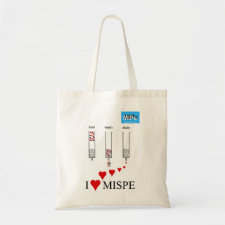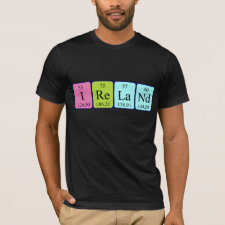
Authors: Yu XQ, Jing YJ, Yin NN
Article Title: The effective and selective separation of (-)-epigallocatechin gallate by molecularly imprinted chitosan beads.
Publication date: 2017
Journal: Journal of Food Science and Technology
Volume: 54
Issue: (3)
Page numbers: 770-777.
DOI: 10.1007/s13197-017-2517-8
Abstract: The (-)-epigallocatechin gallate (EGCG) imprinted chitosan beads (EICBs) were fabricated for the effective and selective separation of EGCG. The EGCG molecules interacted with the amino groups of chitosan in the imprinting process, resulting in a highly porous structure of EICBs and more adsorption sites. Consequently, EICBs exhibited better adsorption performance than non-imprinted chitosan beads. The maximum adsorption capacity of EGCG onto EICBs reached 135.50 mg/g at 313 K. The imprinting factor of EICBs was 4.22, indicating that EICBs possess good recognition ability and selectivity for EGCG. After five cycles of reuse, only a slight decrease (7.77%) in the adsorption capacity was observed, demonstrating the satisfactory reusability of EICBs. Furthermore, the adsorption of EGCG onto EICBs is deduced to be the monolayer adsorption on an energetically homogeneous surface; the hydrogen bonding between EGCG and EICBs is the main driving force for the adsorption. Our studies suggest that EICBs have a great potential for the effective and selective separation of EGCG
Template and target information: (-)-epigallocatechin gallate, EGCG
Author keywords: (-)-epigallocatechin gallate, chitosan, molecular imprinting technique, adsorption



Join the Society for Molecular Imprinting

New items RSS feed
Sign-up for e-mail updates:
Choose between receiving an occasional newsletter or more frequent e-mail alerts.
Click here to go to the sign-up page.
Is your name elemental or peptidic? Enter your name and find out by clicking either of the buttons below!
Other products you may like:
 MIPdatabase
MIPdatabase









